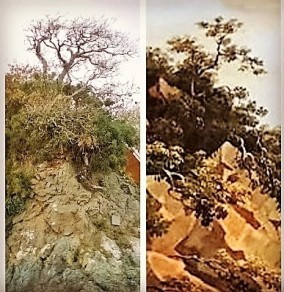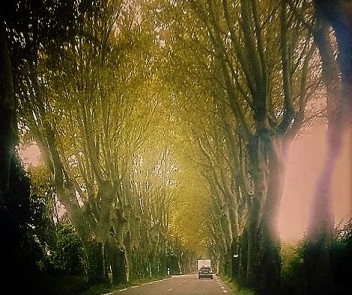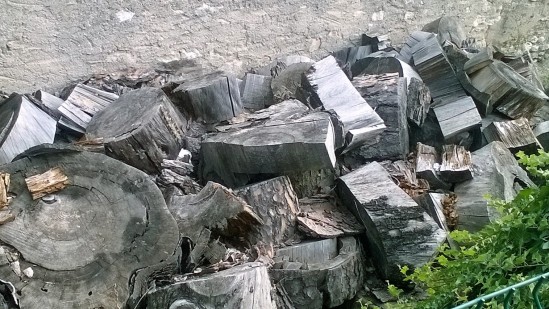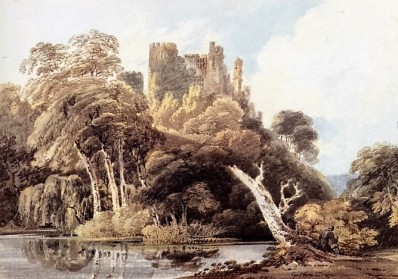A LANDSCAPE FOR BEES
By Kacper Zrabkowski and Pip Howard
The new Quince Honey Farm, (QHF), development in South Molton, North Devon, has developed the first bee-specific designed landscape for bees in the UK, spread across 53 acres.
The decline of insects internationally is an issue which threatens us all as it is a precursor to the collapse of all ecosystems everywhere. To seek solutions towards reversing this trend in a managed landscape is imperative. This project is not merely a case of ‘getting it right for bees equals getting it right for all’ – but there is also a clear need to do everything to ensure an overall increase in biodiversity, not least in the soil.
In the UK there have been numerous factors which have helped towards the decline in pollinating insects, principally, but not exhaustively pesticide usage, excessive nitrogen in soil (which is not suitable for many wildflower species), decline in beneficial trees (particularly the demise of Elms) and trends in home gardens (the trend of close cut lawns and hard landscaping or ‘maintenance free’ gardens).
There has more recently been considerable attention given towards planting with bees in mind, due to the loss of bees of all species but until the QHF project there has been no single large landscape project where bees come first. The new QHF bee landscape has to be an attractive landscape for humans to wish to visit but the principle aim is to create conditions to ensure the optimal landscape for bees to thrive and to produce honey. Several branches of land management are involved; agriculture, silviculture, and horticulture and it was clear from the outset of the project that the plethora of information available in the UK media was still deficient so that there was no possibility of the project linking to any particular single source of research or guidance.

We have tried not to be too critical of good advice online, but such information is largely useless in landscaping terms for several reasons and we try to highlight problem factors below. Media led advice gives rise to problems in much of the land industry, particularly in horticulture — where such coverage influences an army of amateurs hoping to achieve what they see on TV or in magazines.
These factors include:
- localised factors of soil, climate and other edaphic factors make any ‘national’ guidance unsuitable except in certain locations. Media supported sales particularly of seed, promotes homogenised habitats to such an extent that it may threaten the very animals it purports to help ‘save’. The habits of these animals will be in tune with localised factors.
- The plants cited as bee friendly, (and a little googling will highlight many ‘lists of top ten plants for bees’) have no standard classification to award them the status of bee friendly. In some popular brands of plant and seed sales ‘bee friendly’ logos appear on plants which may be F1 hybrids and other varieties, which are completely unsuitable.
- A single but critical piece of advice is that it is wrong to remove dandelions and other weeds of high value to pollinators to make way for ‘bee friendly’ plants of considerably less value. The more dandelions and clover in your lawn the better for bees.
- As with so much in the UK land industry the desire to follow the most innovative has led to destruction of the traditional to the detriment of sustainability of a landscape or garden. To plough up existing headlands or dig out weeds in a garden bed to make way for ‘bee friendly’ plants is bizarre considering the existing vegetation is often far more suitable.
- Habitat is vitally important; it is simply pointless to just plant flowers without considering whether the wider area is suitable for a bee’s other needs, including water. A good rule of thumb is to consider the surface area of the landscape – a single mature field tree can have as much surface area as several football fields, often more than the field the tree is within. Increasing the surface area within a landscape allows for an increase in bee and other wildlife.
- Often cited as an axiom, ‘build it (or ‘plant it’) and they will come’ is only true if more research is done on local factors and should not be used as a ‘get out clause’ – an ‘offset’ of sorts.
The wealth of existing knowledge from an established successful honey producing firm was not only the primary source of information for the QHF project, but the most vital in ensuring that the project was fundamentally successful. Many of the existing areas and landscape features will be maintained and when possible expanded. Much of the core design was based on local anecdotal knowledge. This was then expanded in a manner to enable a huge range of additional plants and habitat types. These we will watch and study.
W D J Kirk & F N Howes’ Plants for Bees ¹, which has a large, comprehensive list of garden plant species and some of the more common native plants and trees, is a good source for those seeking to help bees. This book helped us select many species for the nectar gardens – the principle horticultural area of the project. The growing conditions, particularly the slightly acidic and heavy clay reduces our choice of species significantly. The book also raises questions as regards land management, and the QHF project hopes to provide answers for this part of North Devon.
The other important factor is how to determine what exactly are the most attractive plants for all species of bees? Is it possible to segregate planting areas to appeal to any single bee species? Any and all information on honey-yield quantities is therefore very useful. On the other hand for Bumblebees and other native (non honey producing) bee species we are reliant on trials of plants recommended through existing research. We, therefore, have also turned to European sources of information, where much more work towards definitive lists of plants has been produced. In France a comprehensive guide, published by the Government² allows for quick cross referencing against a much wider selection of plant species. Particularly interesting is the list of trees. Good research from Poland, where some of the most comprehensive yield data can be found, has further helped us to add many plant species onto QHF land.
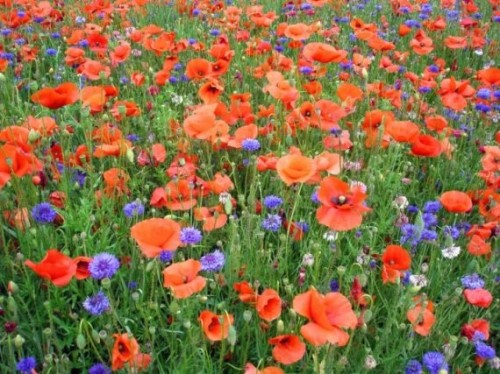
There are several plants and trees of high value to pollinators, but which are also highly invasive in the UK landscape to the detriment of the wider environment. Just because they are attractive to bees does not make them ‘wildlife friendly’, These include Rosebay Willowherb, Robinia and Impatiens (an abundantly flowering plant one of the balsam family including ‘Bizzy Lizzy’) .
Plants, the food source for the bees, are only a part of the needs of any bee species. The honeybee is of course lucky to have all its nesting requirements, as well as supplementary food, supplied by beekeepers. For other species the preferred habitat required is not a wild landscape but a managed, traditional landscape. Whilst there is no evidence that a more complex landscape matrix is beneficial to bees, it is true for much other wildlife.
Hedgerows are the most valuable of landscape features for bees that we are lucky to have in abundance in North Devon. Although hedgerows continue to be our most effective element in the farmed landscape, dividing land into use parcels, they continue to be removed and are often at risk. Hedgerows were often planted to separate different qualities of land, and for water management purposes, rather than simply as boundaries. The surface area of a hedgerow can often effectively quadruple the field it surrounds and will enrich the plant species mix by several hundred percent. The range of potential bird nesting sites within a hedgerow is vast with a guarantee of little disturbance. At QHF we have extended the existing hedgerow network and also included a sample of each of the six main hedgerow types found in Devon, from the coastal drystone-faced hedgerows to the Elm based hedgerows of South Devon. Hedgerows are relatively easy to build, although labour intensive – but the rewards are huge.
Woodland There exists on the land a significant amount of riparian woodland, principally Alder, Willow, Hazel (coppiced) and Ash. The ground cover for this woodland has been diminished due to a lack of management in the last 20 years. Selective thinning and coppicing is now allowing a more beneficial native ground flora to thrive. The woodland is to be extended by well over an acre – but planting includes an unusual range of native trees, including much Small Leaved-Lime (Tilia cordata). Lime trees are of significantly high value to bees and in the South Molton vicinity there exist a number of mature lime trees, indeed most of the mature street trees in the town are large leaved lime (Tilia platyphyllos). The landscape matrix with plenty of small woodland is clearly of significant benefit to all bee species, but more research is required to understand optimum conditions within a bee’s range.
Woodland trees provide a stable source of nectar and a large and vital source of pollen. The adoption of management techniques which work alongside the bee’s annual cycle has never been deliberately carried out before, neither on existing woodland or new planting. At QHF we are planting all species in clumps to ensure further study of the usefulness of these species for bees.
Farmland & Headland Cropping for bees is rarely considered beyond headland planting, (the buffer zone between the field boundary and principal crop). In order to ensure maximum effectiveness of the crop in the long term flowering crops are a given, together with a sufficient range to encourage a wide range of the species of bees. At QHF the large scale planting will allow for research into the economics of planting solely for honey production in this area of North Devon, to the benefit of all wild flora and fauna.
Riparian Areas It is wrongly believed that riparian areas and watercourses as a whole are of lesser importance to bees, however not only are many water and riparian plant species of high nectar value, bees clearly utilise open sources of water every day using the water not least to make honey the right consistency. The existing watercourse on the estate is a fast flowing stream, of little benefit for bees seeking to collect water. To remedy this, a substantial new lake, with slow flowing stream and an additional shallow ‘wildlife’ pond have been created, which will provide numerous opportunities for water collection as well as increasing the biodiversity of the estate considerably.
Meadow and Parkland The majority of land at the project will planted with crops high yielding in nectar and pollen for honeybees. A substantial additional area will be grassland sown with a large percentage of perennial plants of high yield for bees, predominantly Dandelion, Vetch, White Clover and Black Medick. A bi-annual cutting regime will need to be timed in order to enable maximum flowering potential. So that the public can access the grass areas, pathways will be mown.
Other Landscape Features Non-woodland trees: our work includes substantial planting of standalone trees of high value to bees. These trees will mature to provide an increase in surface area without affecting any ground flora of high value.They will at the same time enable a wider range of ground flora species because of the shade they cast and how they affect the surrounding soil. We are trialling a quantity of unusual international tree species and these include Mimosa, Eucalyptus species and fruiting trees.
Drystone Walling: much of the construction of hard landscaping has been done using drystone, (quarried from site). These walls are of huge benefit to insects and other beneficial animals, (toads, newts, lizards, slow worms and cavities constructed for hedgehogs). The surface area of a dry stone wall is claimed to be 230 times greater than a mortared wall. Wildlife tends to move in rapidly and the walls will allow us and visitors easily to monitor the biodiversity of the site.
Clumps: planting in clumps has proven to be better for the longevity of many tree species as well as enabling better resistance to pests and diseases, largely due, it’s believed, to interactions in the rhizosphere. Deadwood: the placement of deadwood and other organic waste material allows for a rich habitat for microfauna instantly. We have buried deadwood in many areas as a form of innoculant to the heavy clay soil. Deadwood will also be left above ground in places, principally as a habitat for microfauna and insects – which in turn will invite in other larger animals to initiate and maintain an ecosystem. This we predict will add to a matrix of ecosystems across the whole project.
There is money in honey and the QHF project aims to promote the financial rewards of apiculture against agriculture in the North Devon landscape. The initial results should be in within 18 months, with significant consequences for the benefit of all and proof that a truly sustainable managed landscape need not be reliant on grant funding. It will also re-introduce supportive incomes back into this particular farmed area not least as a visitor attraction.
https://www.quincehoneyfarm.co.uk/
¹ http://www.plantsforbees.org/


![WP_20180828_14_54_28_Pro[44] WP_20180828_14_54_28_Pro[44]](https://europeantrees.files.wordpress.com/2019/05/wp_20180828_14_54_28_pro44.jpg?w=193&resize=193%2C200&h=200#038;h=200)


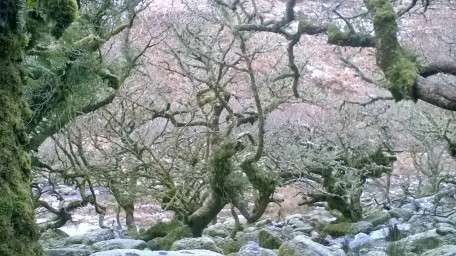
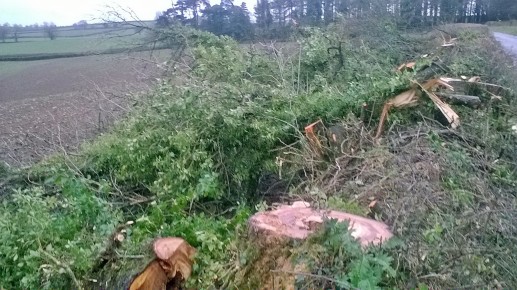
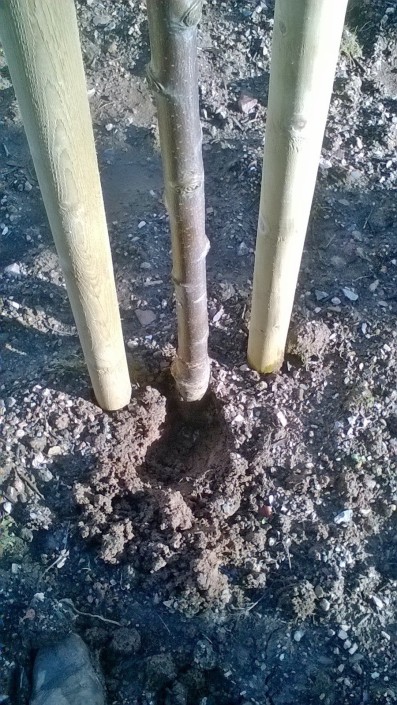

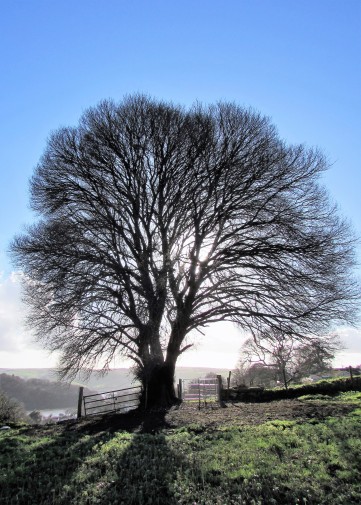
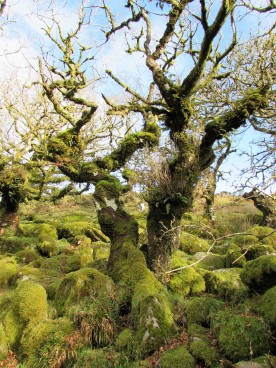
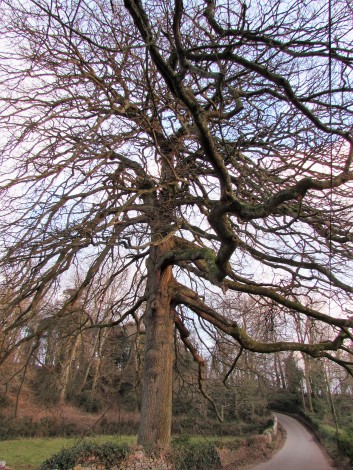
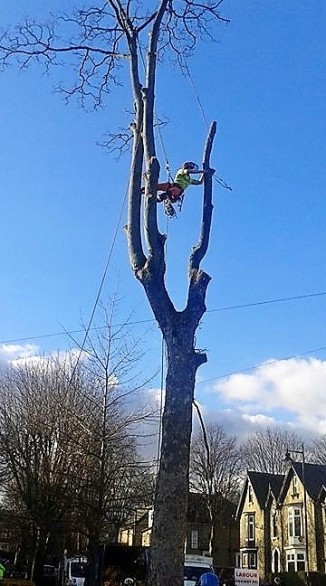
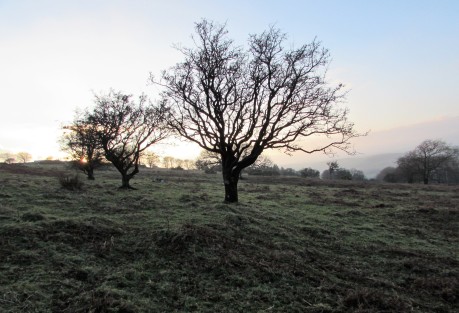

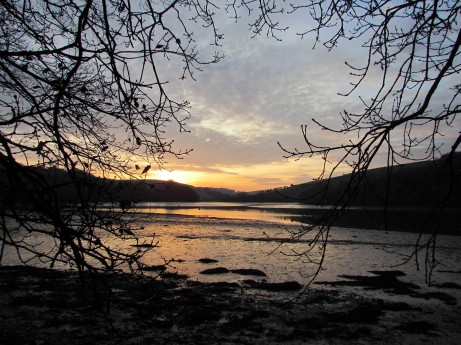
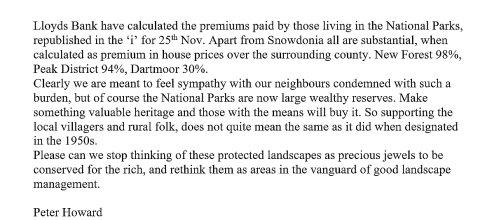


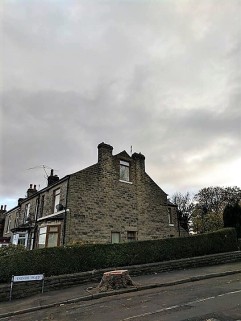
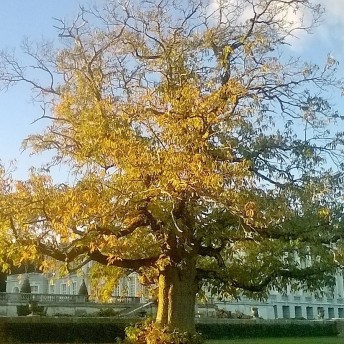 Sweet Chestnut in the grounds of Oldway Manor, Paignton.
Sweet Chestnut in the grounds of Oldway Manor, Paignton.